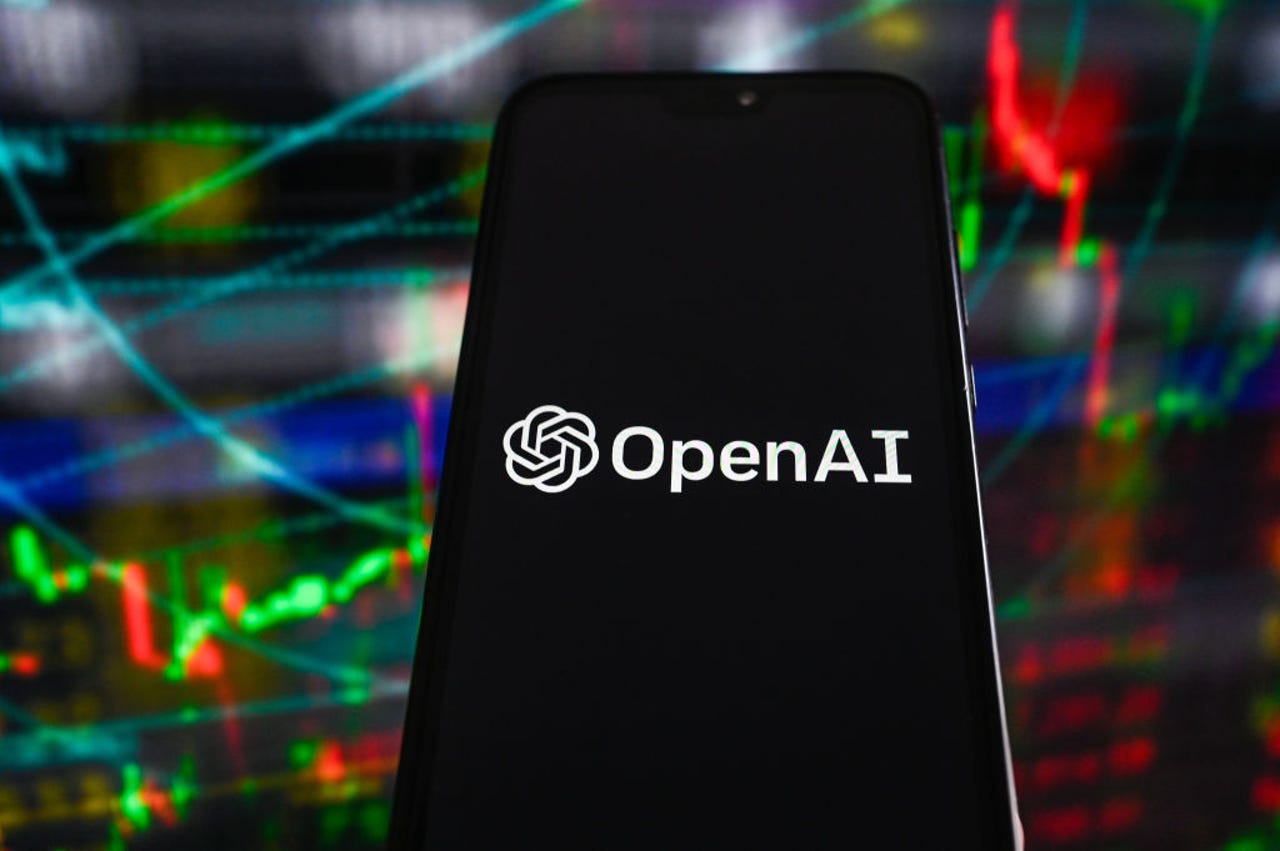
OpenAI announced that GPT-4, the latest version of the company's language model, will be generally available to paying API customers. OpenAI says GPT-4 is the company's most capable language model. Since GPT-4's release in March, it has powered apps and services that offer visual accessibility, wealth management, language preservation, and language learning.
Also: GPT-3.5 vs GPT-4: Is ChatGPT Plus worth its subscription fee?
In a blog post, OpenAI details the general availability of GPT-4 and the depreciation of several APIs that will retire by January of next year.
Who can access GPT-4?
According to OpenAI, existing API developers with an OpenAI API payment history can access GPT-4 with 8K context. Context windows dictate how much text GPT-4 uses to generate an output. The 8K context option amounts to about 13 pages of text.
OpenAI plans to raise rate limits and open access to GPT-4 to new developers by the end of July based on compute availability. Additionally, the company plans to make GPT-3.5 Turbo, DALL-E, and Whisper APIs generally available to developers.
Depreciation of GPT-3
The company also announced that beginning Jan. 4, 2024, GPT-3 and its variations using the Completions API will retire to free up computing capacity. Although the API will continue to be accessible, it will receive a legacy label and will be replaced by a new model.
Also: GPT-4: A new capacity for offering illicit advice and displaying 'risky emergent behaviors'
Applications that use stable names for base GPT-3 models, such as ada, babbage, curie, and davinci, will automatically be replaced by their successors, ada-002, babbage-002, curie-002, and davinci-002.
Depreciation of embedding API
By Jan. 4, 2024, developers who use older embedding models will need to migrate to the new embedding model that OpenAI released in December 2022. The company says the new model is "more capable and cost-effective than previous models."
Also: 7 advanced ChatGPT prompt-writing tips you need to know
Although the new model is responsible for 99.9% of all embedding API use, according to OpenAI, the company is aware that making the switch can be costly and inconvenient for some developers. As a result, the company says it will cover any costs associated with re-embedding content.